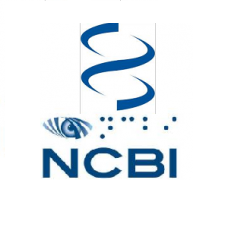ABSTRACT
Objective: To evaluate the recovery of semen quality in a cohort of infertile men after known hyperthermic exposure to hot tubs, hot baths or whirlpool baths. Materials and Methods: A consecutive cohort of infertile men had a history remarkable for wet heat exposure in the forms of hot tubs, Jacuzzi or hot baths. Clinical characteristics and exposure parameters were assessed before exposure was discontinued, and semen parameters analyzed before and after discontinuation of hyperthermic exposure. A significant seminal response to withdrawal of hyperthermia was defined as ≥ 200% increase in the total motile sperm count (TMC = volume x concentration x motile fraction) during follow-up after cessation of wet heat exposure. Results: Eleven infertile men (mean age 36.5 years, range 31-44) exposed to hyperthermia were evaluated pre and postexposure. Five patients (45%) responded favorably to cessation of heat exposure and had a mean increase in total motile sperm counts of 491%. This increase was largely the result of a statistically significant increase in sperm motility from a mean of 12% at baseline to 34% post-intervention (p = 0.02). Among non-responders, a smoking history revealed a mean of 5.6 pack-years, compared to 0.11 pack-years among responders. The prevalence of varicoceles was similar in both cohorts.








